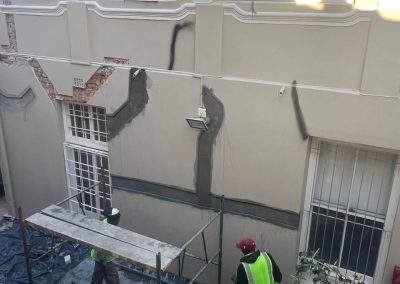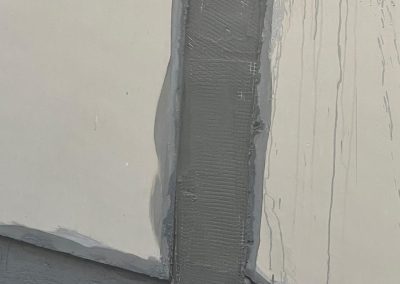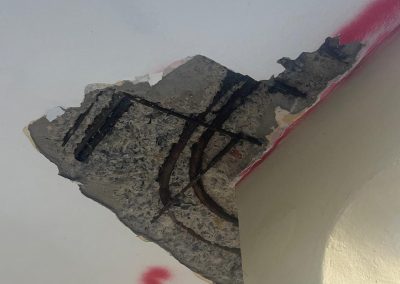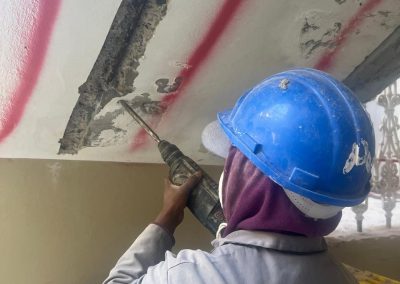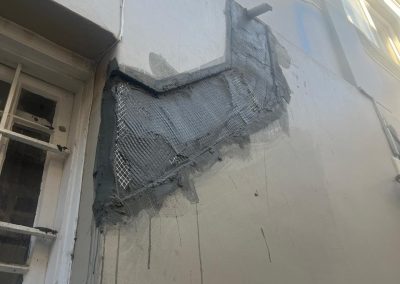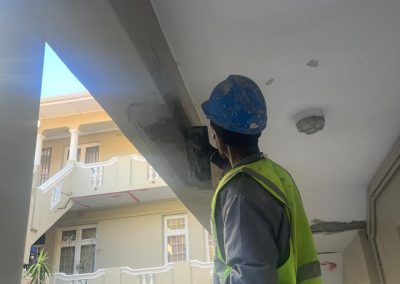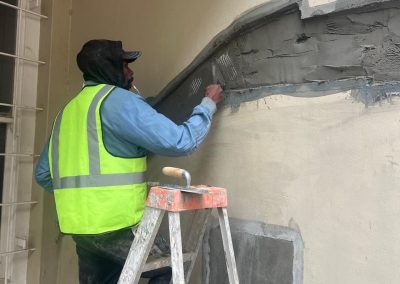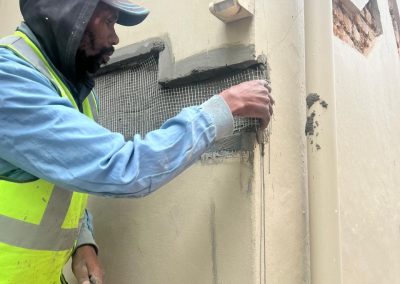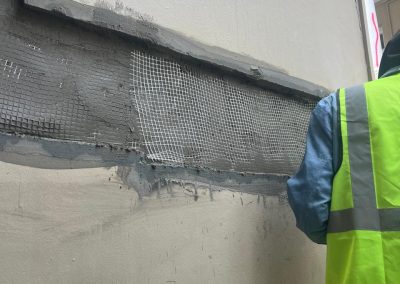The maintenance and repair of structural components are crucial for ensuring the longevity and safety of buildings. Continued spalling repairs, crack repairs, and plaster repairs conducted onsite address common issues that can compromise the integrity and aesthetics of a structure. These repairs involve systematic procedures to restore damaged areas, enhance durability, and improve the overall appearance of the building.
Spalling Repairs
Spalling refers to the breaking, chipping, or flaking of concrete, often caused by exposure to moisture, freeze-thaw cycles, and corrosion of reinforcing steel. Addressing spalling promptly is essential to prevent further damage and maintain the structural integrity of concrete elements.
Steps Involved:
- Assessment and Preparation:
- Inspect the affected areas to determine the extent of the spalling.
- Remove loose or damaged concrete using appropriate tools.
- Clean the surface to remove dust, debris, and any contaminants.
- Repair Process:
- Apply a corrosion inhibitor to exposed reinforcing steel, if necessary.
- Use a bonding agent to ensure proper adhesion of the repair material.
- Apply a suitable repair mortar or concrete mix to rebuild the damaged area.
- Smooth and finish the surface to match the surrounding concrete.
- Curing and Protection:
- Cure the repaired area to ensure proper hardening and bonding.
- Protect the repair from environmental factors such as rain or extreme temperatures during the curing process.
Crack Repairs
Cracks in concrete and plaster can occur due to various reasons, including structural movement, shrinkage, and environmental factors. Timely repair of cracks is essential to prevent water infiltration, further deterioration, and potential safety hazards.
Steps Involved:
- Inspection and Diagnosis:
- Assess the cracks to determine their type (structural or non-structural) and cause.
- Measure the width, length, and pattern of the cracks.
- Preparation:
- Clean the cracks to remove any loose material and debris.
- Use a chisel or grinder to widen the crack slightly, if necessary, to allow for better adhesion of the repair material.
- Repair Process:
- For non-structural cracks, use a suitable crack filler or sealant to fill the cracks.
- For structural cracks, inject epoxy or polyurethane to restore the structural integrity.
- Smooth and finish the repaired area to blend with the surrounding surface.
- Monitoring:
- Monitor the repaired cracks over time to ensure they do not reappear or worsen.
Plaster Repairs
Plaster damage can occur due to impact, water infiltration, or aging. Repairing plaster is important to maintain the aesthetic appeal and protect the underlying structure.

